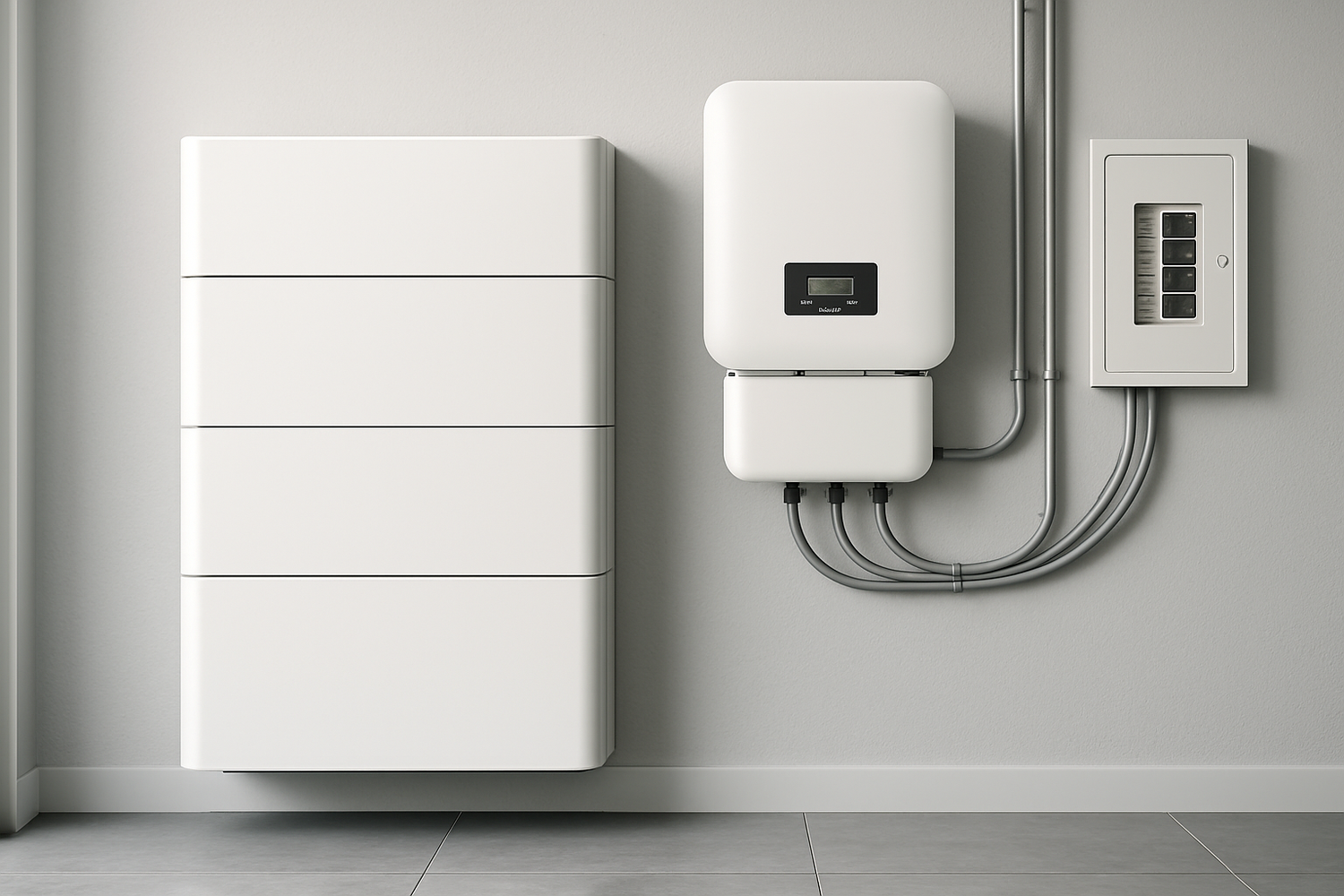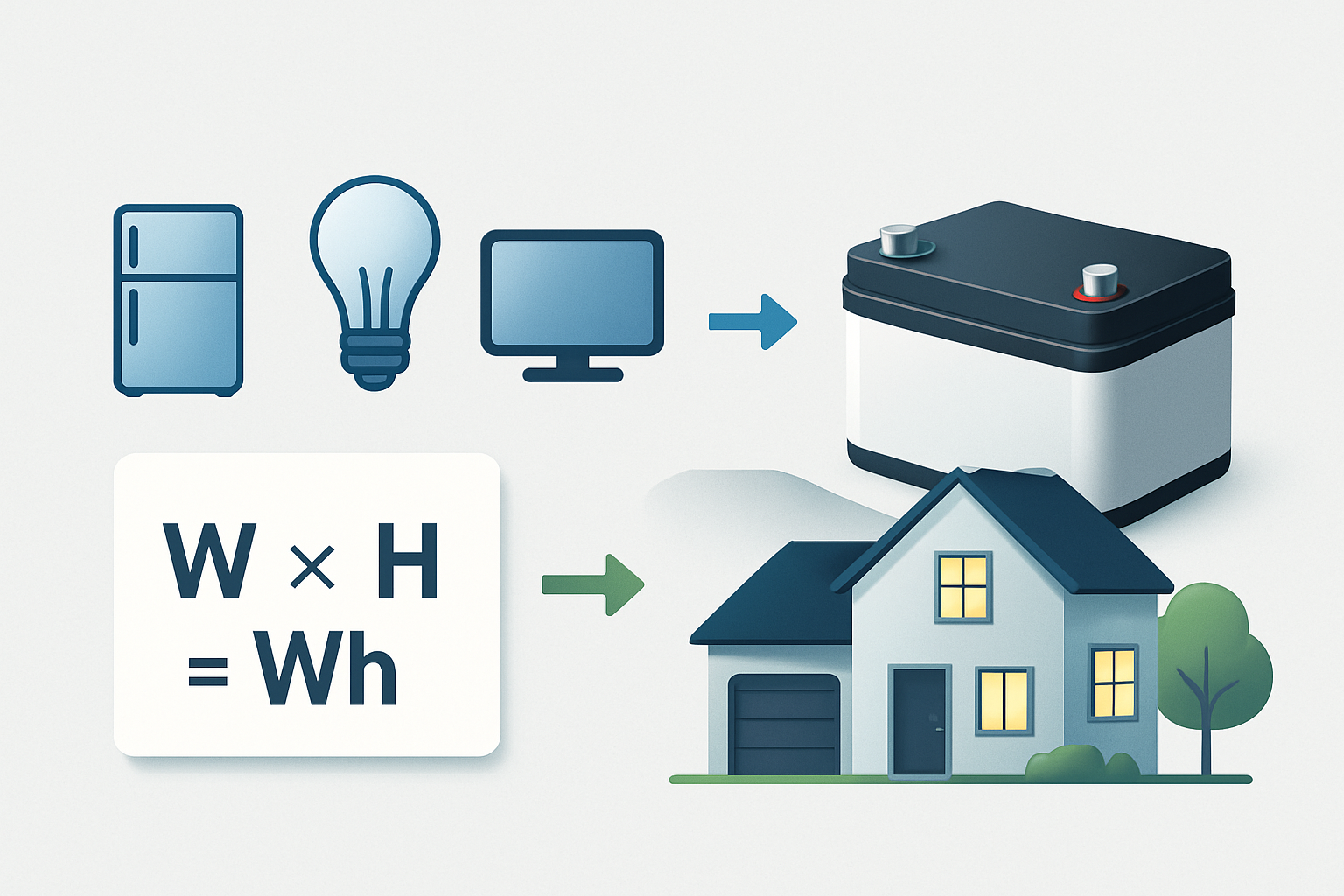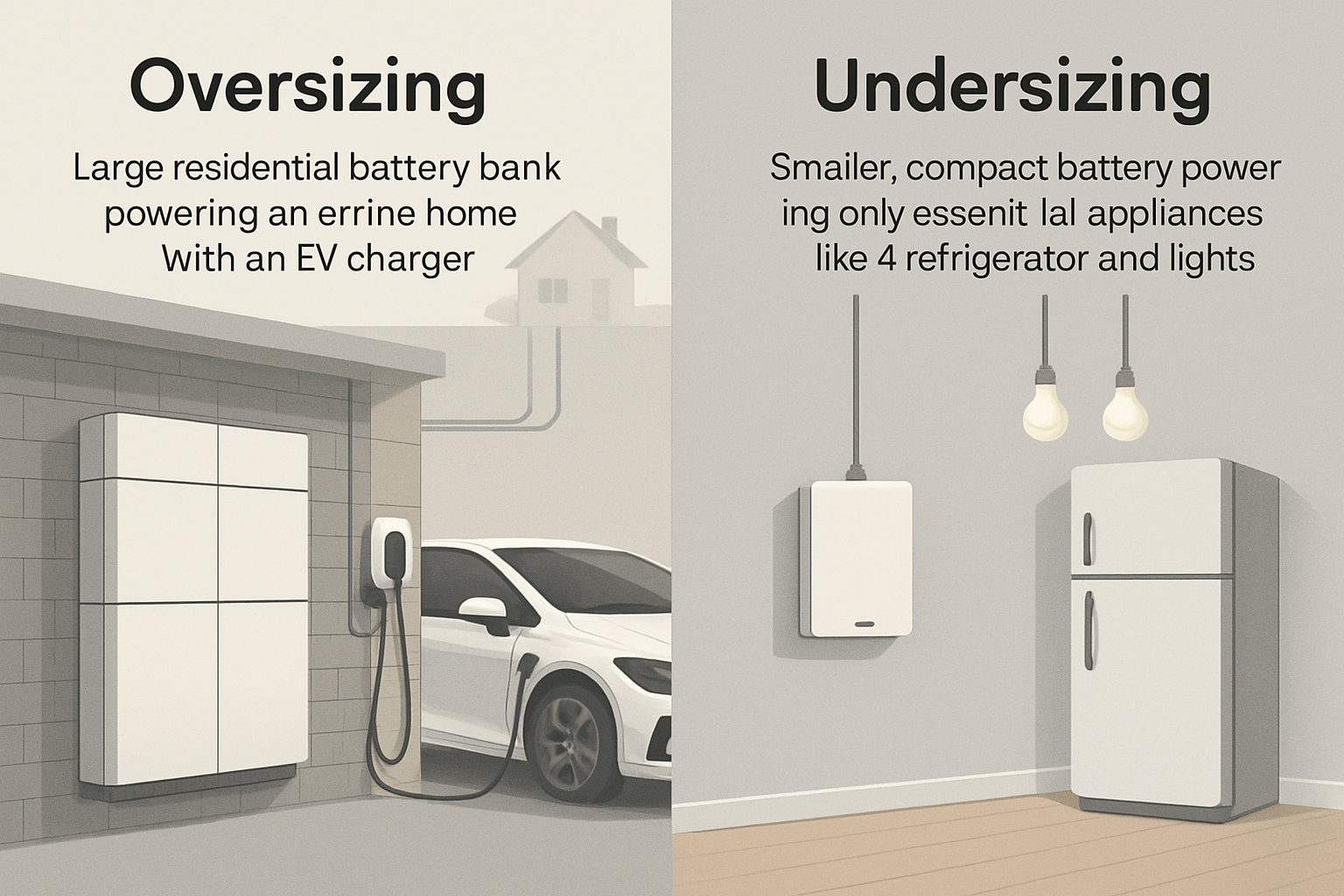Choosing the right size for your home energy storage system is a critical step toward achieving energy independence. A system that is too small will not meet your needs during an outage, while an oversized system means you have paid for capacity you will not use. This guide provides a clear path to determining the perfect size for your residential solar battery, ensuring you get a reliable and cost-effective solution.
Understanding Your Energy Consumption Patterns
Before you can size a battery, you must first understand how much energy you use. Your electricity bill is the best place to start. It provides a history of your energy consumption, usually measured in kilowatt-hours (kWh).
Analyze Your Electricity Bills
Look for your average daily energy consumption. You can calculate this by taking the total monthly kWh from your bill and dividing it by the number of days in that month. Pay attention to seasonal changes. You likely use more energy in the summer for air conditioning or in the winter for heating. This data gives you a baseline for your energy needs.
Conduct an Appliance Audit
Not all of your appliances need to run during a power outage. Make a list of 'critical loads'—the essential devices you want to keep powered. This typically includes your refrigerator, lights, internet router, and any essential medical equipment. Then, list your 'non-critical loads,' such as a television or washing machine. This exercise helps you prioritize what your battery will support.
| Appliance | Average Power (Watts) | Estimated Daily Use (Hours) | Daily Energy (Wh) |
|---|---|---|---|
| Refrigerator | 200 W | 8 hours (cycling) | 1600 Wh |
| LED Lights (5 bulbs) | 50 W | 6 hours | 300 Wh |
| Wi-Fi Router | 10 W | 24 hours | 240 Wh |
| Laptop Charging | 65 W | 4 hours | 260 Wh |
| Total Critical Load | - | - | 2400 Wh or 2.4 kWh |
Key Factors That Influence Battery Size
Once you know your consumption, several other factors will guide your decision. Your goals for the system and some technical specifications are just as important as your energy usage.
Your Primary Goal for a Battery System
Your reason for wanting a battery directly impacts the required size. Are you preparing for emergencies, aiming to lower your electric bill, or seeking to go completely off-grid?
Backup Power During Outages
If your main concern is keeping the lights on during a blackout, the size of your battery depends on how long you want the backup to last. Do you need a few hours of support, or do you want to be prepared for a multi-day outage? A longer backup duration requires a larger battery capacity (kWh).
Maximizing Solar Self-Consumption
A common goal is to store the excess energy your solar panels generate during the day for use at night. This reduces your reliance on the grid and maximizes the return on your solar investment. According to a report by the International Energy Agency, installing battery storage with distributed solar PV can effectively increase self-consumption. The Next Generation Wind and Solar Power study highlights how storage shifts energy use to reduce reverse power flows into the grid. For this goal, you need a battery large enough to absorb your typical daily surplus of solar energy.
Managing Time-of-Use (TOU) Rates
In areas with TOU electricity rates, power is more expensive during peak hours. A battery allows you to store energy when rates are low (or from your solar panels for free) and use it when grid electricity is most expensive. This practice, known as load shifting, can lead to significant savings. The battery size would need to cover your energy consumption during peak-rate periods.
Essential Technical Specifications
Understanding a few technical terms is crucial for making an informed choice. These specifications define a battery's performance.
Capacity and Power Rating
Capacity (kWh) is the total amount of energy a battery can store. This determines how long it can power your home. Power Rating (kW) is the amount of electricity a battery can deliver at a single moment. A battery with a high power rating can run more appliances simultaneously. You need enough capacity to last and enough power to handle the combined load of your critical appliances.
Depth of Discharge (DoD) and Efficiency
Depth of Discharge (DoD) refers to the percentage of the battery's total capacity that can be safely used. Modern lithium iron phosphate (LiFePO4) batteries often have a DoD of 90% or higher, giving you more usable energy. Round-trip efficiency measures how much energy you get back for every unit of energy you put in. A higher efficiency means less energy is lost during charging and discharging cycles. As explained in this comprehensive guide on solar storage performance, these metrics are vital for calculating the true usable capacity of your system.
A Practical Sizing Calculation
Let's apply these concepts in a straightforward calculation. This example will help you estimate your own needs.
Step-by-Step Sizing Example
Imagine a household that wants one full day of backup power for its critical loads, which total 8 kWh per day. The solar panel system generates enough excess power to fully charge the battery on a sunny day.
- Determine Daily Energy Need: The critical energy need is 8 kWh.
- Account for Depth of Discharge (DoD): Using a LiFePO4 battery with a 95% DoD, the required nominal capacity is: 8 kWh / 0.95 = 8.42 kWh.
- Factor in Round-Trip Efficiency: Assuming a 95% efficiency, you need to store slightly more energy than you plan to use. The calculation remains similar, confirming that a battery with a nominal capacity of around 8.5 kWh to 10 kWh would be a safe choice.
- Check the Power Rating: Add up the wattage of all critical appliances that might run at the same time. If a refrigerator (500W), lights (50W), and a microwave (1200W) run together, you need a power rating of at least 1.75 kW. Most modern home batteries offer a continuous power rating of 5 kW or more, which is sufficient for this scenario.
Using a Battery Sizing Calculator
Many online tools can simplify this process. A residential solar battery size calculator typically asks for your average daily energy use, the size of your solar PV system, and your desired backup duration. While these calculators provide a great starting point, they are estimates. A professional installer can provide a more precise recommendation based on a detailed analysis of your home's specific characteristics.
Making an Informed Decision
Sizing your home energy storage system correctly is a balancing act between your daily needs, your goals for energy independence, and your budget. By analyzing your energy consumption, identifying your critical loads, and understanding the key technical specifications, you can confidently select a system that provides reliable power for years to come. As the U.S. Department of Energy notes, solar energy continues to grow in popularity, and pairing it with storage is the next logical step for homeowners seeking greater control over their power. Consulting with an energy professional will ensure your chosen solution is perfectly tailored to your home.
Disclaimer: This information is for educational purposes only and does not constitute financial or legal advice. Please consult with a qualified professional before making any investment decisions.
Frequently Asked Questions
Can I add more batteries to my system later?
Many modern energy storage systems are modular, which means they are designed for scalability. You can often start with one battery and add more units later if your energy needs increase. This is a great way to manage the initial investment while planning for future expansion.
How does my geographic location affect my battery size?
Your location impacts how much sun your solar panels receive (solar irradiance) and your heating/cooling needs. In areas with less consistent sunshine, you might consider a slightly larger battery to store more energy when the sun is out. Similarly, regions with extreme weather may require larger systems to handle higher energy usage and prepare for more frequent outages.
What is the difference between AC-coupled and DC-coupled systems?
The difference lies in how the battery connects to your solar system. In a DC-coupled system, power flows directly from the solar panels to the battery without being converted to AC first, which is slightly more efficient. An AC-coupled system connects to the AC circuit of your home, making it easier to retrofit to an existing solar installation. Both are effective solutions for home energy storage.





Leave a comment
All comments are moderated before being published.
This site is protected by hCaptcha and the hCaptcha Privacy Policy and Terms of Service apply.